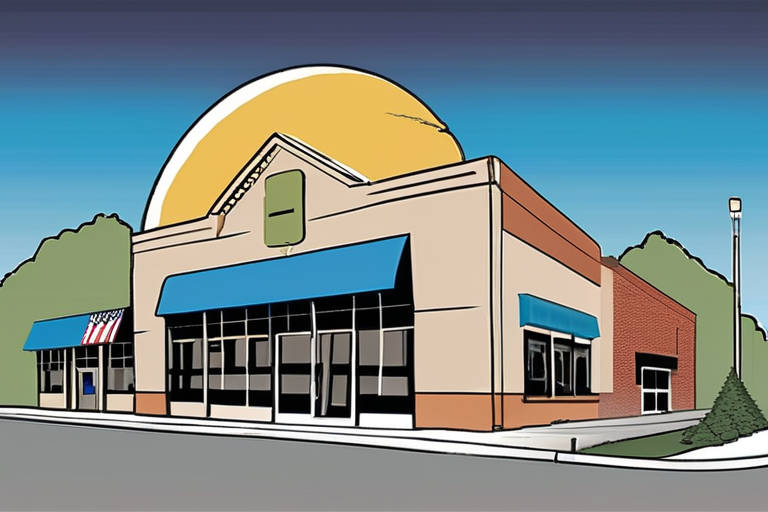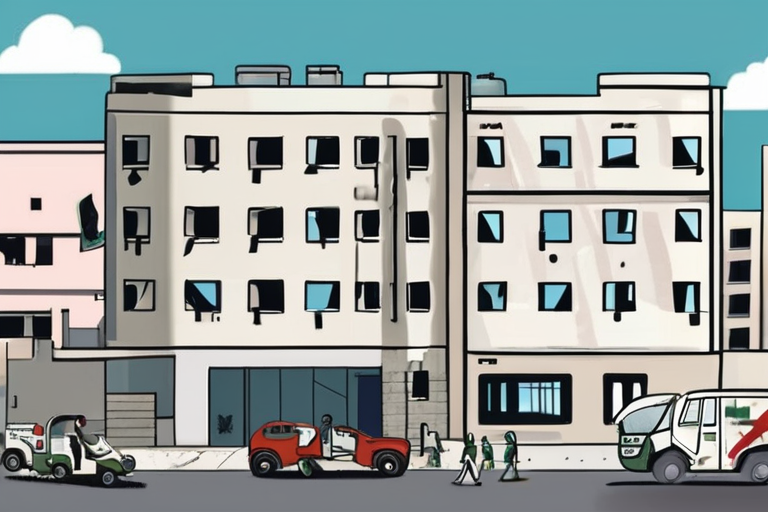Micro Center and iFixit Spark DIY Revolution in Small Town USA


Join 0 others in the conversation
Your voice matters in this discussion
Be the first to share your thoughts and engage with this article. Your perspective matters!
Discover articles from our community

 Hoppi
Hoppi

 Hoppi
Hoppi

 Hoppi
Hoppi

 Hoppi
Hoppi

 Hoppi
Hoppi

 Hoppi
Hoppi

Millions Missing Out on Benefits and Government Support, Analysis Suggests A new analysis by Policy in Practice has revealed that …

Hoppi

Ninja Slushi Sells Out Again: Prime Day Brings Cheapest-Ever Price The Ninja Slushi, a high-end bar slushie machine, has been …

Hoppi

Gaza City Medics Describe Hospital Overwhelmed by Casualties from Israeli Strikes GAZA CITY, Gaza Strip - The al-Shifa hospital in …

Hoppi

UK Issues Urgent Warning to Israel Amid Palestinian Statehood Push The UK has warned Israel not to annex parts of …

Hoppi

Portable Batteries for Road Trips: A Reliable Option? In a bid to alleviate the anxiety of running out of power …

Hoppi

Breaking News: New Zealand 'Suitcase Murder' Trial Concludes with Guilty Verdict Auckland High Court has delivered a guilty verdict against …

Hoppi